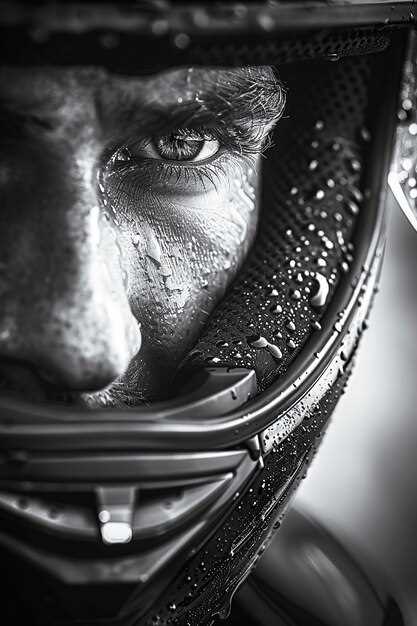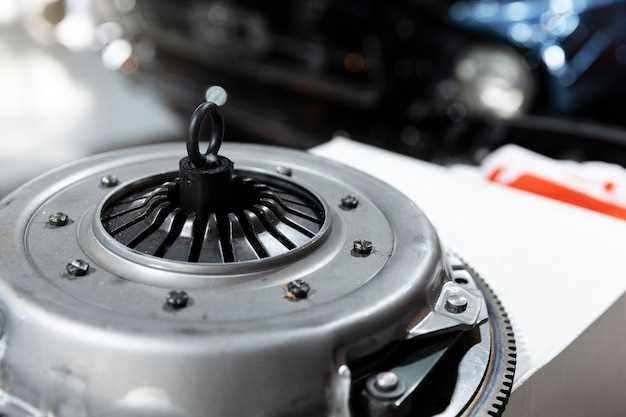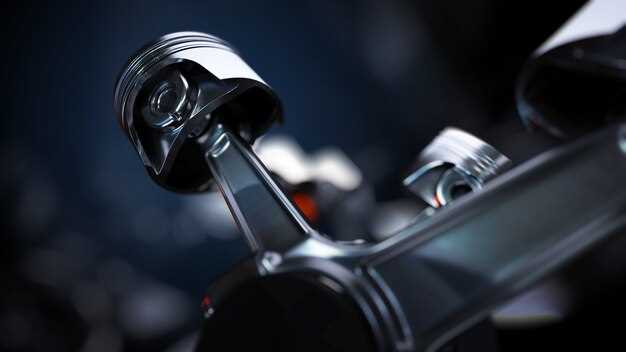
When it comes to enhancing the performance of your BMW, few upgrades can deliver the noticeable boost quite like a turbocharger. Turbochargers are designed to increase the engine’s efficiency, making it possible to extract more power from the same amount of fuel. For BMW enthusiasts, upgrading the turbocharger can mean the difference between a standard driving experience and one that truly excites.
Investing in a high-performance turbocharger not only enhances your vehicle’s power output but also improves throttle response and acceleration. This upgrade is particularly beneficial for those who seek to maximize their BMW’s potential on both the track and the street. A well-chosen turbocharger can lead to significant gains in horsepower and torque, transforming your car into a performance machine.
Moreover, modern turbocharger technology allows for finer tuning and compatibility with various engine setups, ensuring that drivers can optimize their BMW’s performance according to their specific needs and preferences. With an array of aftermarket options available, upgrading your turbocharger has never been easier or more effective.
Choosing the Right Turbocharger for Your BMW Model

When upgrading your BMW’s performance, selecting the appropriate turbocharger is vital. Different BMW models have unique specifications, which means that a turbocharger designed for one variant may not be suitable for another. It’s essential to consider factors such as engine displacement, power goals, and driving style.
First, assess your current engine configuration. For instance, models with a 2.0-liter inline-four engine may require a smaller turbocharger for quick spool, while a larger displacement engine can handle bigger units for maximum power output. Understanding your vehicle’s engine characteristics will guide you toward a compatible option.
Next, set clear performance objectives. Determine whether you seek minimal boost for daily driving or maximum power for track performance. Choosing a turbocharger with appropriate boost thresholds will help avoid potential engine damage or inefficiency. Opt for a turbo with a compressor map that matches your intended use for optimal air-fuel ratios.
Brand reputation plays a crucial role in selecting the right turbocharger. Research established manufacturers known for reliability and performance in the BMW community. Options from brands like Garrett, BorgWarner, and Precision offer a range of turbochargers tailored for various BMW models, ensuring you find a suitable fit.
Finally, consider your budget. Investing in a quality turbocharger may require a higher initial expenditure, but it often results in better durability and performance. Weigh the costs versus the benefits to find a balance that suits your financial and performance needs.
Installation Process: Step-by-Step Guide for Optimal Results

Upgrading your BMW turbocharger is essential for enhancing overall performance. Follow this detailed guide to ensure a successful installation.
Step 1: Gather Required Tools and Parts
Before starting, collect all necessary tools, including wrenches, sockets, screwdrivers, and pliers. Ensure you have the new turbocharger, gaskets, oil lines, and coolant hoses ready for installation.
Step 2: Prepare Your Workspace
Create a clean and organized workspace. Park your BMW on a flat surface, and disconnect the negative battery terminal to prevent any electrical issues during the installation.
Step 3: Remove Engine Covers
Take off any plastic engine covers to access the turbocharger. Use the appropriate tools to carefully unbolt these covers to avoid damage.
Step 4: Drain Fluids
Drain the engine oil and coolant to prevent spills during the process. Place drain pans underneath the respective components and wait for the fluids to completely drain.
Step 5: Disconnect Existing Turbocharger
Carefully remove the intake and exhaust pipes connected to the turbocharger. Label each hose for easy reinstallation. Then, detach any electrical connectors and the oil feed and return lines.
Step 6: Remove Old Turbocharger
Unscrew the mounting bolts securing the existing turbocharger. Gently pull it out of its housing, ensuring no debris falls into the engine bay.
Step 7: Install New Turbocharger
Position the new turbocharger in place, aligning it with the mounting points. Secure it using the original bolts. Ensure the gaskets are correctly positioned to avoid leaks.
Step 8: Reconnect Oil and Coolant Lines
Reconnect the oil feed and return lines to the new turbocharger. Also, attach the coolant hoses, ensuring they fit snugly to prevent any leaks.
Step 9: Reconnect Intake and Exhaust Pipes
Reattach the intake and exhaust pipes, ensuring all clamps and connectors are secure. Verify that all labels used during disconnection are correctly matched.
Step 10: Double-Check All Connections
Before reassembling, carefully inspect each connection to ensure everything is securely fastened. This step is crucial for optimal performance and to avoid future issues.
Step 11: Replace Engine Covers
Once all connections are confirmed, replace the engine covers you initially removed. Ensure they are bolted down properly to protect the engine components.
Step 12: Fill Fluids and Reconnect Battery
Add fresh engine oil and coolant to their respective reservoirs. Reconnect the negative battery terminal and ensure it is secure.
Step 13: Start the Engine
Start your BMW and let it idle for a few minutes. Listen for any unusual noises and watch for leaks around the turbocharger. Ensure that all systems are functioning correctly.
Step 14: Test Drive
Finally, take your BMW for a test drive to evaluate the performance with the new turbocharger. Monitor the engine response, boost levels, and overall handling to enjoy the enhanced performance.
Tuning Your Engine After Turbocharger Upgrade: Key Considerations
Upgrading your BMW’s turbocharger significantly enhances engine performance, but proper tuning is essential to maximize the benefits of this upgrade. One of the foremost considerations is adjusting the engine’s air-fuel ratio. A new turbocharger alters the flow dynamics; therefore, recalibrating your engine management system ensures optimal combustion efficiency.
Next, consider the ignition timing. With the increased boost pressure from the new turbocharger, the combustion characteristics will change. Properly tuning the ignition timing can prevent engine knock and help achieve the best performance figures. Using high-octane fuel after the upgrade is often recommended to avoid pre-ignition under higher boost conditions.
Another key factor is monitoring engine temperature. Turbochargers can increase operating temperatures, which might lead to overheating. Installing upgraded intercoolers or oil coolers can help manage these temperatures, ensuring the engine runs reliably under high-performance conditions.
Finally, consider the overall exhaust flow. An upgraded turbocharger typically requires improved exhaust components to prevent back pressure, which could negate performance gains. Investing in a high-performance exhaust system can significantly enhance turbocharger efficacy and overall engine performance, completing your upgrade successfully.



